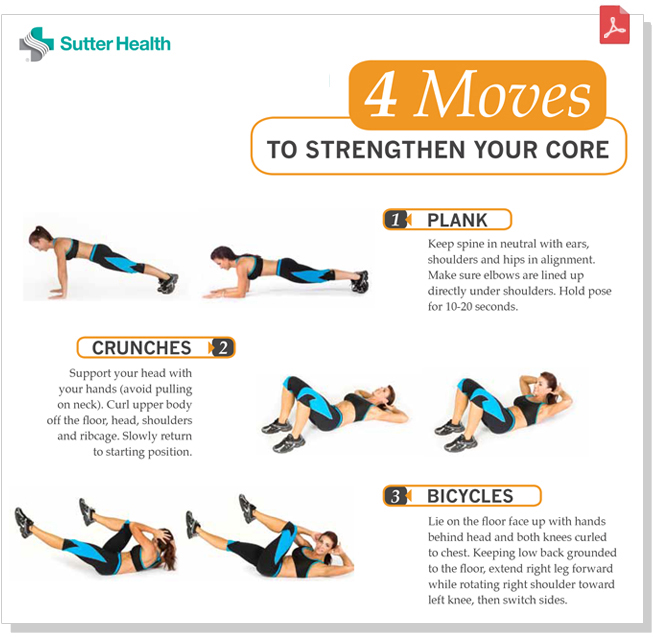Fitness Routine : Transform Your Body with This Effective Workout Plan
- Update Time : Wednesday, May 1, 2024

A fitness routine is a structured plan of physical activities to improve health and well-being. It typically includes a mix of cardio, strength training, and flexibility exercises to achieve overall fitness goals.
Embarking on a fitness journey can be both exciting and overwhelming. With countless options available, it’s essential to establish a solid fitness routine that aligns with your goals and preferences. Whether you’re aiming to lose weight, build muscle, or improve your overall health, a well-rounded fitness routine can help you achieve your desired results.
By incorporating a variety of exercises such as cardio, strength training, and flexibility work, you can enhance your physical fitness and boost your overall well-being. In this guide, we will explore the key components of a successful fitness routine and provide tips on how to create a sustainable plan that works for you.
Setting Your Fitness Goals
Understanding Your Body: Before setting your fitness goals, it’s important to understand your body’s capabilities and limitations. Consider factors such as age, current fitness level, and any existing health conditions.
Setting Realistic Targets: When setting fitness goals, it’s crucial to be realistic. Avoid aiming for drastic changes in a short period. Instead, focus on gradual progress to prevent burnout and injury.

Credit: newsnetwork.mayoclinic.org
Designing Your Workout Plan
Choosing the Right Exercises: Consider your goals and fitness level before selecting exercises. Incorporate a mix of cardio, strength training, and flexibility workouts.
Creating a Balanced Routine: Schedule different types of exercises throughout the week. Include rest days to prevent overtraining and injury.
Nutrition For Optimal Results
Nutrition plays a vital role in fueling your body for your fitness routine. It is important to hydrate properly to optimize your performance and results.

Credit: www.airrosti.com
Tracking Progress And Adjusting
Tracking your fitness progress is essential to monitor your improvement and make necessary adjustments to your routine. Keep a record of your fitness metrics, including weight, body measurements, and fitness test results. Regularly assess your strength, endurance, and flexibility to gauge your progress accurately.
When monitoring your fitness metrics, look for consistency in your progress. If you notice plateaus or declines in performance, it may be time to make changes to your fitness routine. Adjust your exercise intensity, duration, or type to overcome plateaus and continue making progress towards your fitness goals.
Importance Of Rest And Recovery
Importance of Rest and Recovery: Understanding Overtraining can help prevent burnout and injury. Incorporating Rest Days into your fitness routine is crucial for muscle repair and growth. Rest is essential for allowing the body to recover from intense workouts and prevent fatigue. It is important to listen to your body and give it the rest it needs to perform at its best.
Staying Motivated
Finding Inspiration: Look for fitness role models who inspire you, whether they’re friends, family, or celebrities. Their success can motivate you to reach your goals.
Rewarding Yourself: Set achievable milestones and reward yourself for reaching them. Treat yourself to something special, like a massage or a new workout outfit, to celebrate your progress.

Credit: www.sutterhealth.org
Frequently Asked Questions
What Is A Good Workout Routine?
A good workout routine includes a mix of cardio, strength training, and flexibility exercises. Aim for at least 150 minutes of moderate-intensity exercise per week. Vary your workouts to prevent boredom and target different muscle groups. Stay hydrated and listen to your body’s cues for rest.
What Is The Ideal Daily Exercise Routine?
An ideal daily exercise routine should include a combination of cardio and strength training exercises for at least 30 minutes a day. It’s also important to incorporate stretching and flexibility exercises to prevent injury and improve range of motion. The routine should be tailored to your fitness level and goals, and should be consistent for best results.
What Is The Best 7 Day Workout Schedule?
The best 7 day workout schedule includes a mix of cardio, strength training, and rest days. Focus on different muscle groups each day for balance and recovery. Consult a fitness professional for personalized guidance.
What Is A Good 5 Day Workout Schedule?
A good 5-day workout schedule includes a mix of cardio, strength training, and rest days. Example: Day 1 – Upper body strength, Day 2 – Cardio, Day 3 – Lower body strength, Day 4 – Rest, Day 5 – Full body workout.
Be sure to vary exercises for balance.
Conclusion
Maintaining a consistent fitness routine is essential for overall health and well-being. By incorporating a variety of exercises, staying motivated, and listening to your body, you can achieve your fitness goals. Remember to stay hydrated, eat nutritious foods, and prioritize rest for optimal results in your fitness journey.


















Leave a Reply